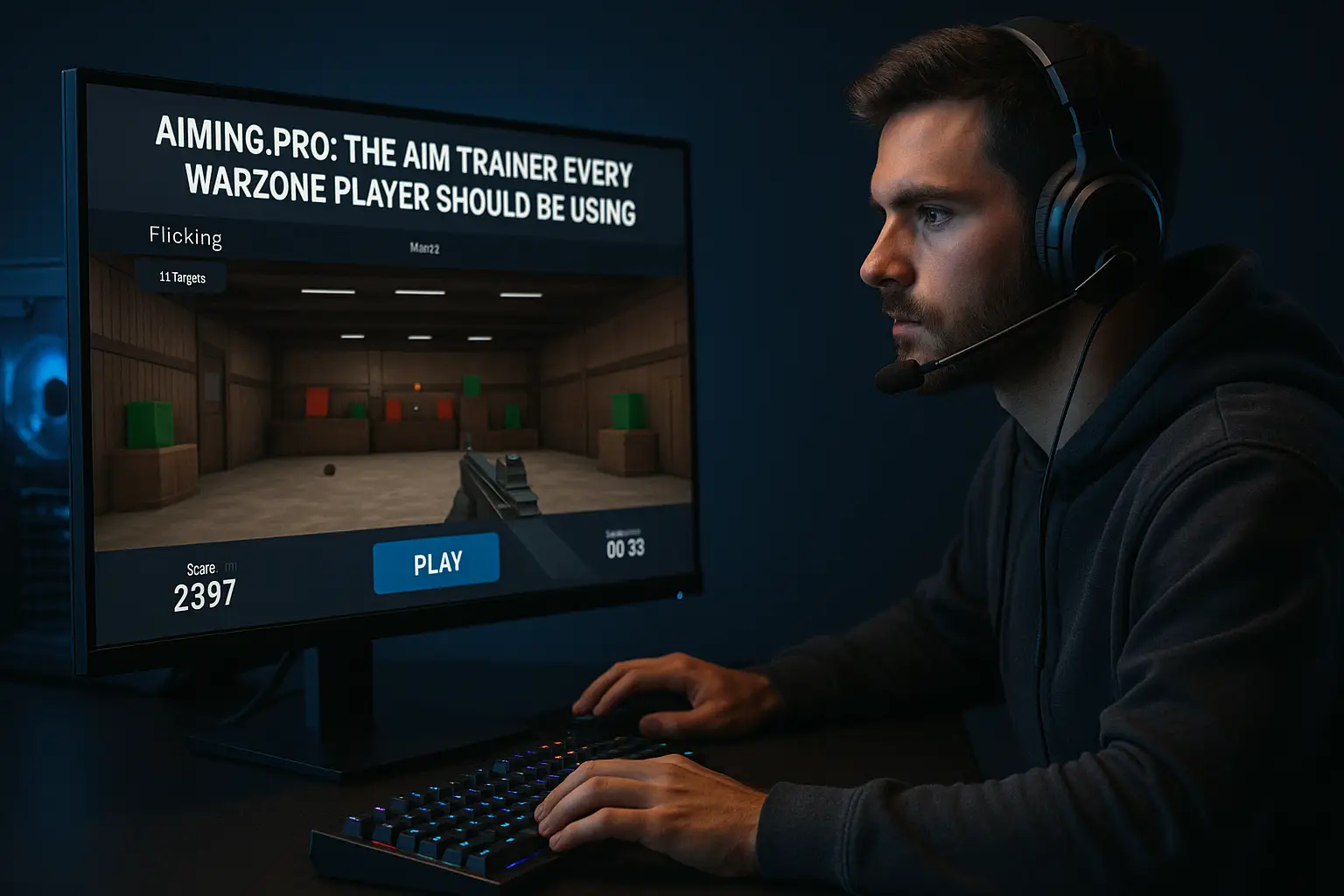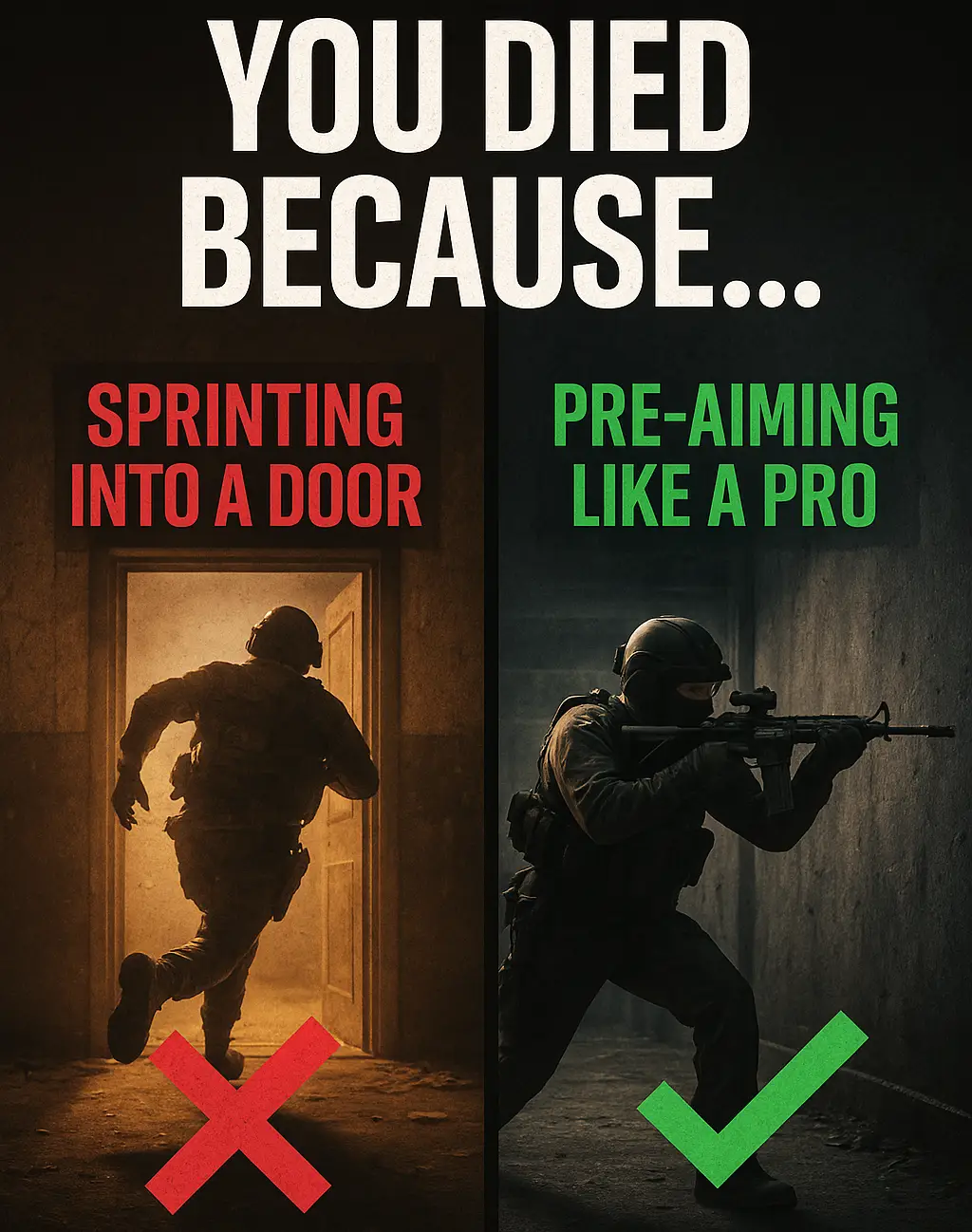
5 Tips to Master the Warzone COD Tactical Layout
Why Every Pro Player Uses the Tactical Layout in Warzone COD What Is the Tactical Layout and How Does It
Table of Contents
ToggleTriangle Rule Warzone is a powerful positioning strategy that helps your squad dominate in Call of Duty: Warzone. Whether you’re playing on Verdansk, Rebirth Island, Vondel, or Urzikstan, using squad angles smartly can be the difference between a team wipe and a victory.
The Triangle Rule Warzone tactic involves spreading your squad across three points—Anchor, Flank, and Depth. This triangle-shaped formation provides multiple angles of vision, firing lines, and rotation options, while keeping your team close enough to support one another.
At its core, the Triangle Rule is about maintaining three points of pressure on your opponents. Whether you’re defending a stronghold, pushing an enemy team, or rotating into a new circle, this formation ensures:
Multiple threat angles on enemies
Mutual squad support
Superior map coverage
Flexibility for rotation or fallback
The Triangle Rule takes a classic squad-based tactic and refines it for Warzone’s fast-paced, open-world, vehicle-heavy gameplay. Unlike traditional close-quarters shooters, Warzone demands constant adaptation — fluid rotations, sharp circle awareness, and mastery of vertical combat. This modern version of the Triangle Rule helps squads stay coordinated, cover blind spots, and dominate every angle of engagement.
Here’s how the Triangle Rule works:
Team Member 1 – Anchor (Main Contact Point)
Holds the strongest ground — a rooftop, ridge, or hard cover — and engages the enemy first.
Team Member 2 – Flank Support
Positioned to cut off rotations or apply side pressure. Think side buildings, windows, or off-angle rocks.
Team Member 3 – Depth/Rotation Control
Watches the rear, vehicle access, or high-ground overwatch. Critical during zone movement.
Together, they form a triangle that adapts as the situation shifts.
Land in an area with elevation and visibility.
Establish anchor and flank positions early.
Assign each player a node role and an area to monitor.
The anchor holds or initiates a fight.
The flank node pre-positions to pressure or pinch.
The depth node monitors for third parties or rotating threats.
Rotate the triangle toward new zones. Nodes may switch roles depending on position.
Maintain spacing that allows for rapid support but prevents the entire team from being wiped out by a single precision or cluster strike.
Communicate constantly: call enemy positions, rotate plans, and ping possible threats.
Anchor: Rooftop with vertical access and line-of-sight over mid-street.
Flank: Second-story window of an adjacent building.
Depth: Watching staircase entry and vehicle spawn for rotation denial.
Anchor: High ridge or bunker roof.
Flank: Off-angle hill or rock outcrop.
Depth: Behind with a vehicle, UAV, and plate resupply to cover fallback or push.
Anchor: Firehouse rooftop or one of the Downtown high-rises for full visual dominance.
Flank: Lower ground cover, like the bus station, warehouse, or outer rooftops, to apply side pressure.
Depth: Positioned behind a vehicle in areas like Promenade or edge-of-circle zones to monitor flanking squads or late rotates.
Anchor: Prison rooftop or top of Headquarters for power position and overwatch.
Flank: Control Center roof or Living Quarters to create side pressure and angles.
Depth: Harbor, Chemical, or Decon Zone with mobility tools (gas mask, balloons, redeploy) to catch flanking teams or reposition during gas shifts.
Too far apart: Can’t support in a fight. Stick within visual/audio range if possible.
Too close: One airstrike can wipe everyone out. Always stagger vertically or laterally.
No rotation plan: Always prep a backup node spot for new zones.
No info: Use UAVs, pings, and Heartbeat Sensors to keep triangle data-rich.
| Scenario | Triangle Tweak |
|---|---|
| High aggression lobby | Shrink triangle for tighter support |
| Passive campers | Widen angles to bait and flank |
| End-game close zone | Collapse triangle to stack utility & crossfires |
| Vehicle rotations | Becomes the driver and the mobile cover |
| Enemy killstreaks | Vertically stagger nodes to avoid cluster wipes |
Use the ping system religiously
Always call “my angle’s weak/clear/rotating”
Agree on fallback direction in case of collapse
Rotate in sequence: Anchor → Flank → Depth
You’ll notice elite teams never clump in one room or move blindly. They use angles, spacing, and cover. The Triangle Rule 2.0 brings structure to squad positioning and lets you control the battlefield — not just react to it.
Master it, and you’ll win more fights, rotate smarter, and clutch those chaotic end-game circles.
Want to dominate end‑game rotations? Once you’ve nailed the basic squad positioning, dive into Strategy & Positioning Warzone to master how your team can control every side of the fight.

Why Every Pro Player Uses the Tactical Layout in Warzone COD What Is the Tactical Layout and How Does It

Best Aim Trainer for Warzone (Aiming.pro): Why Every Player Should Be Using It If you’re looking for the Best Aim

Warzone Sprint-to-Fire Delay Explained (Top 5 Secrets to Win More Fights in 2025) Field Brief: Understanding Warzone Sprint-to-Fire Delay “The